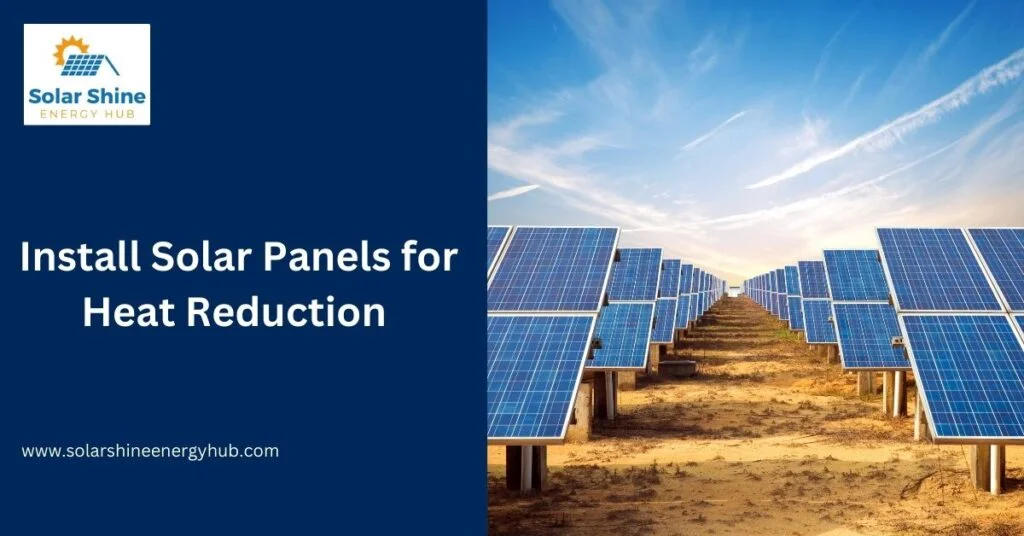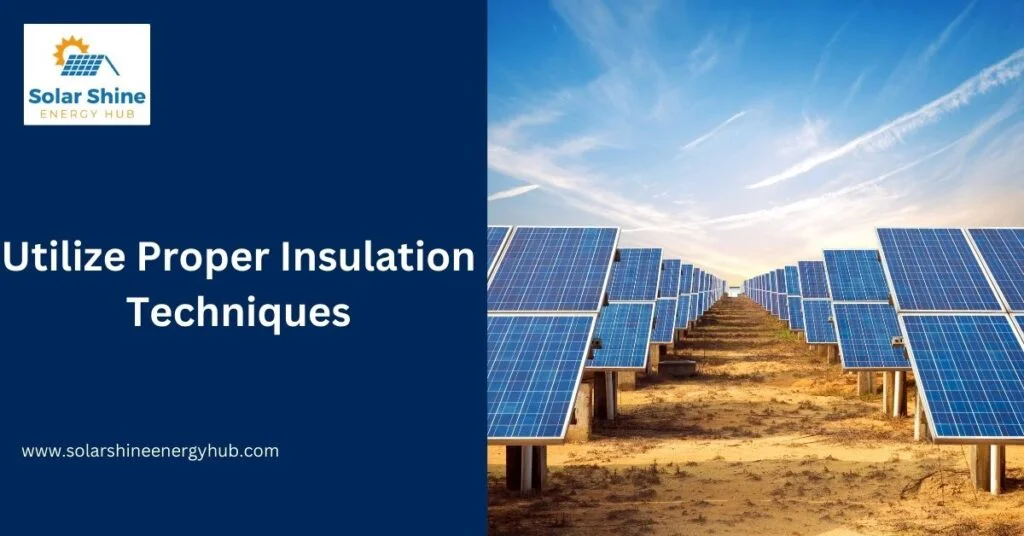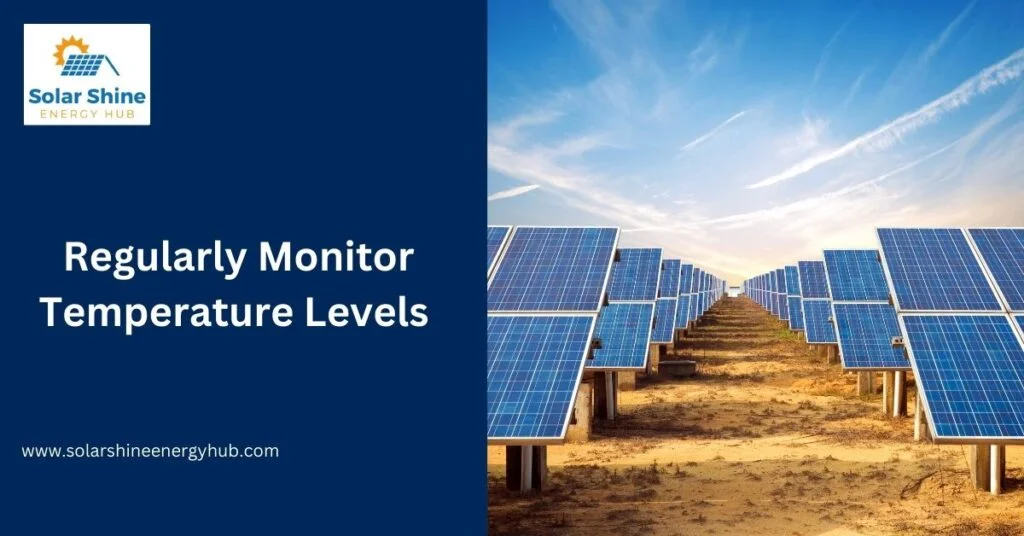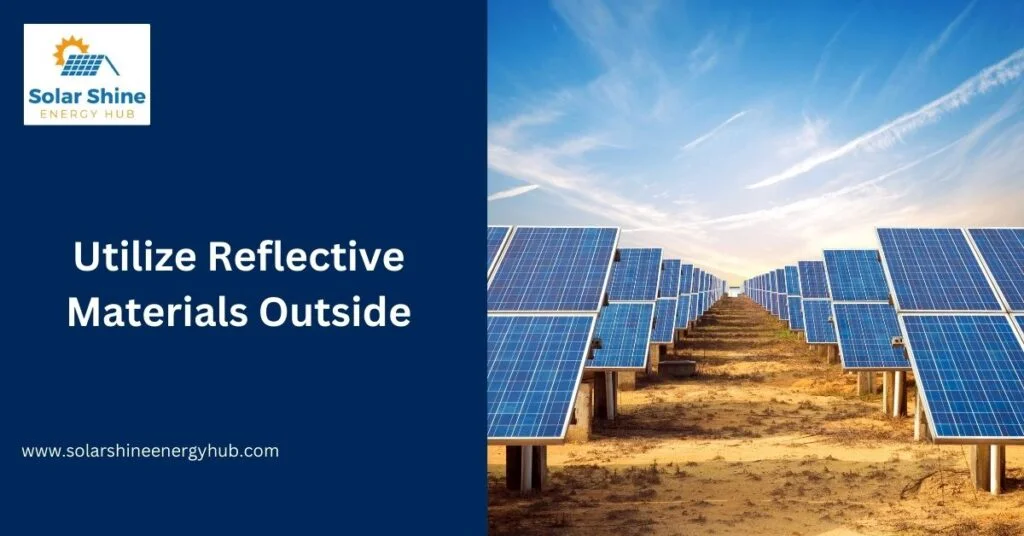Do solar panels reduce attic heat? Are you a homeowner, property owner, or environmental enthusiast looking to reduce attic heat? If so, then solar panels may be the key. Recent studies have shown that solar panel installation can drastically reduce the amount of heat retained in attics and consequently lower energy bills.
Yes, solar panels can significantly reduce attic heat. They act as a barrier, absorbing sunlight that would otherwise heat the attic. This leads to a cooler attic and can potentially lower energy costs.
In this blog post, we will explore different strategies for maximizing attic heat reduction with the use of solar panels and other methods. We’ll look at how these strategies help decrease indoor temperatures on hot days and address other common questions about using photovoltaic cells to generate electricity from sunlight. Get ready to keep your home cool while saving money!
Install Solar Panels for Heat Reduction

- Solar panels are effective in reducing attic heat as they absorb sunlight that would otherwise heat the attic, creating a cooler environment inside.
- Along with heat reduction, solar panels also generate electricity, making them a dual-benefit investment for homeowners.
- Besides lowering indoor temperature on hot days, solar panels can also lead to significant savings on energy-efficient bills.
- For optimal results, it’s important to properly install and angle the solar panels to maximize sun exposure and heat absorption.
- Besides solar panels, other methods such as proper insulation and ventilation can also help reduce attic heat.
Utilize Proper Insulation Techniques

- Insulation acts as a thermal barrier, preventing the transfer of heat from outside to inside the attic. High-quality insulation materials can significantly reduce attic heat during the summer months.
- Reflective insulation materials or radiant barriers are particularly effective, as they reflect heat instead of absorbing it, further reducing attic temperature.
- Ensuring insulation is uniformly distributed and covers all areas will maximize its effectiveness. Areas such as attic entrances and corners often get overlooked.
- Old or damaged insulation may not provide significant heat reduction. Regular inspection and timely replacement enhance insulation performance.
- Besides attic roof insulation, considering wall and floor insulation can contribute to overall heat reduction, leading to a more comfortable indoor climate.
Maximize Airflow and Ventilation

- Efficient attic ventilation is crucial in maintaining a cooler temperature. It aids in expelling hot air, preventing it from accumulating and overheating the attic space.
- Ridge and soffit vents are common installations, collectively creating a natural airflow system that ushers hot air out and draws cooler air in.
- Mechanical ventilation systems, such as attic fans, can supplement natural ventilation, especially during periods of intense heat.
- Positioning vents strategically can optimize airflow. For instance, placing vents high on the hot roof allows hot air to escape more efficiently, as hot air naturally rises.
- Regular maintenance and clearing of vents is necessary to ensure uninterrupted airflow. Dust and debris can block vents over time, hindering their functionality.
Regularly Monitor Temperature Levels

- Installing a thermostat in the attic can help keep track of temperature fluctuations, enabling timely interventions to maintain an ideal temperature.
- An attic temperature alarm can warn homeowners when the temperature exceeds the limit, so they can take immediate action.
- Regular monitoring of temperature levels allows homeowners to assess the effectiveness of their current heat reduction strategies.
- Digital temperature gauges can provide accurate and real-time temperature readings, facilitating more efficient temperature management in the attic.
- Infrared thermometers can be used for spot-checking specific areas in the attic. This is especially useful in identifying hot spots that may require additional insulation.
Minimize Heat Sources in the Attic

- Minimizing internal heat sources is crucial, as appliances like HVAC units or water heaters can contribute to attic heat.
- Consider relocating such heat-generating appliances to lower levels of the house or well-ventilated areas.
- Check the attic for unsealed holes or gaps, as these can allow heat from lower levels to rise into the attic.
- Proper ventilation sealing of these areas can prevent warm air infiltration, contributing to an attic cool environment.
- Regular audits of attic heat sources can help identify areas for intervention, maintaining an optimal attic cool temperature.
Utilize Reflective Materials Outside

- Reflective materials can be utilized on the exterior of the attic to deflect sunlight and reduce heat absorption. These materials, such as radiant barriers or reflective insulation, can significantly lower attic temperature.
- Materials like aluminum foil are effective in reflecting radiant heat, preventing the attic from becoming excessively hot during sunny days.
- Reflective roof shingles can also be an option. These shingles are designed to reflect more sunlight and absorb less heat than standard shingles.
- Another effective method is painting the roof with reflective paint. This special type of paint can reflect solar radiation, reducing heat accumulation in the attic.
- Keep in mind, that the effectiveness of reflective measures can be influenced by the orientation of the house and the local climate, so it’s important to consider these factors during implementation.
Conclusion Do solar panels reduce attic heat
In conclusion, numerous strategies can be employed to reduce attic heat, from the internal relocation of appliances to the external application of reflective materials. High-quality solar fans, in particular, can significantly lessen excessive heat buildup retention while simultaneously lowering solar energy efficiency bills. The key is to understand your specific situation, considering factors like house orientation and local climate, and to implement the most effective heat transfer reduction measures accordingly. Remember, an attic cooler contributes to a more comfortable home and a healthier environment.